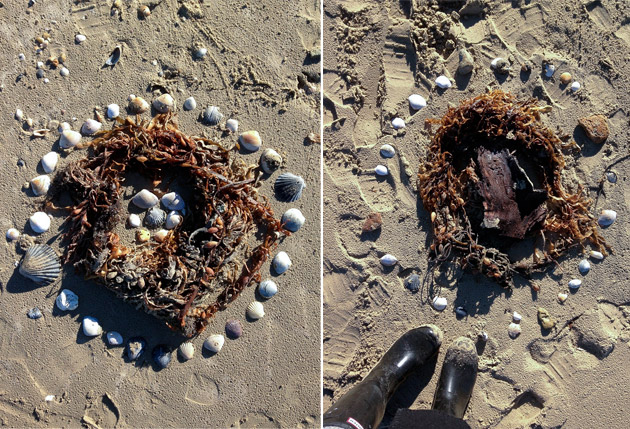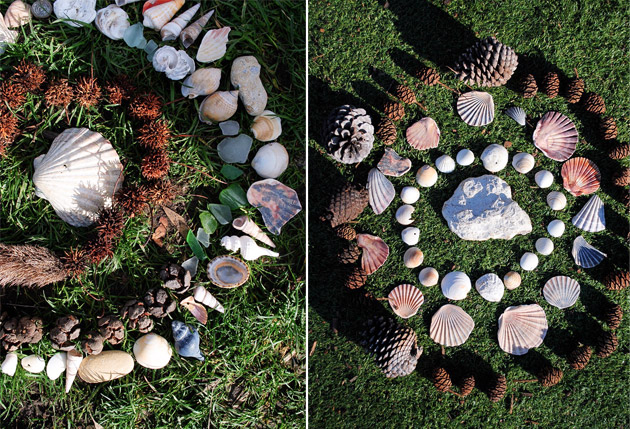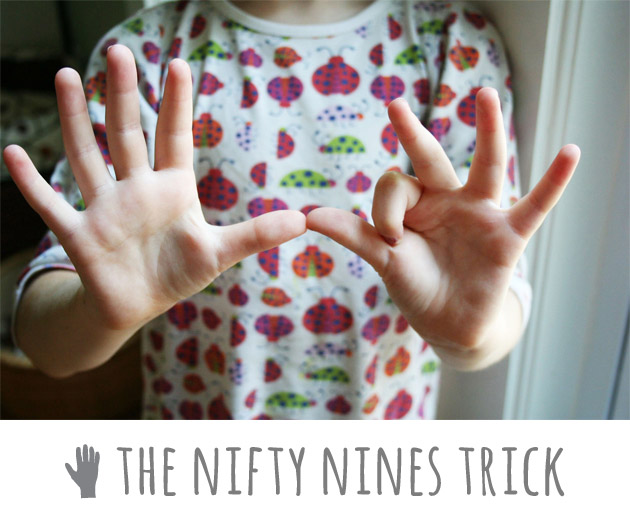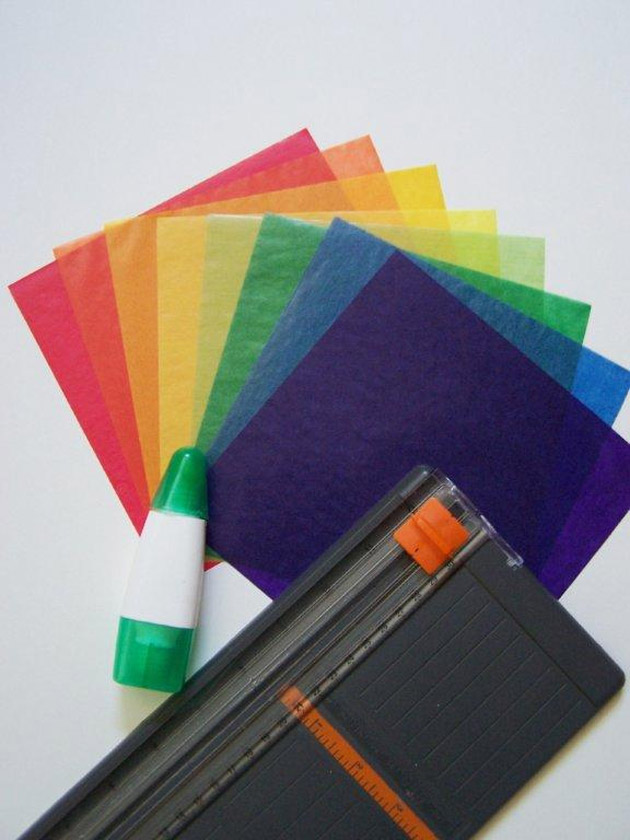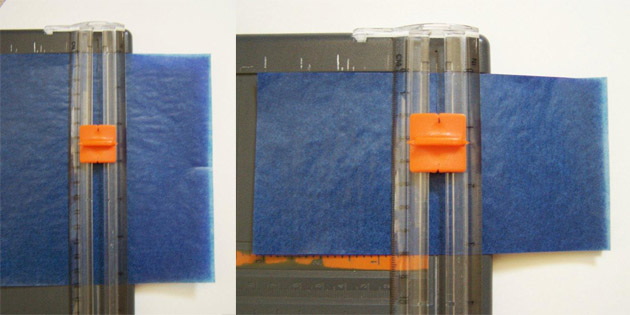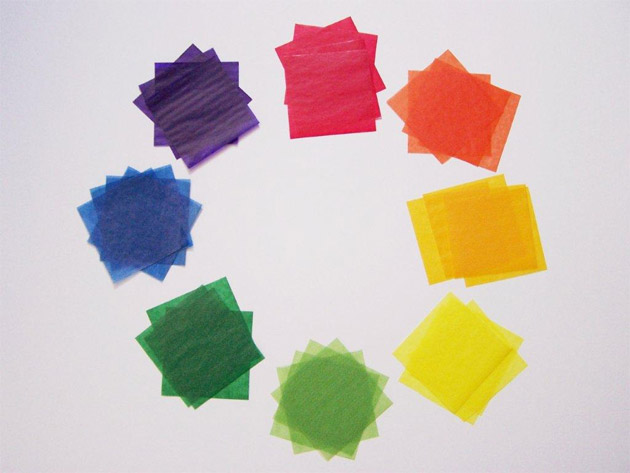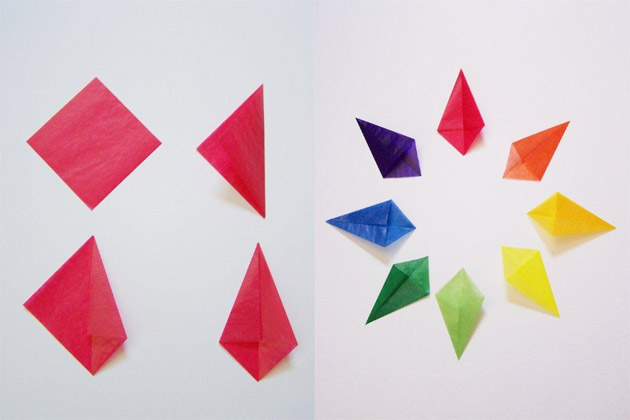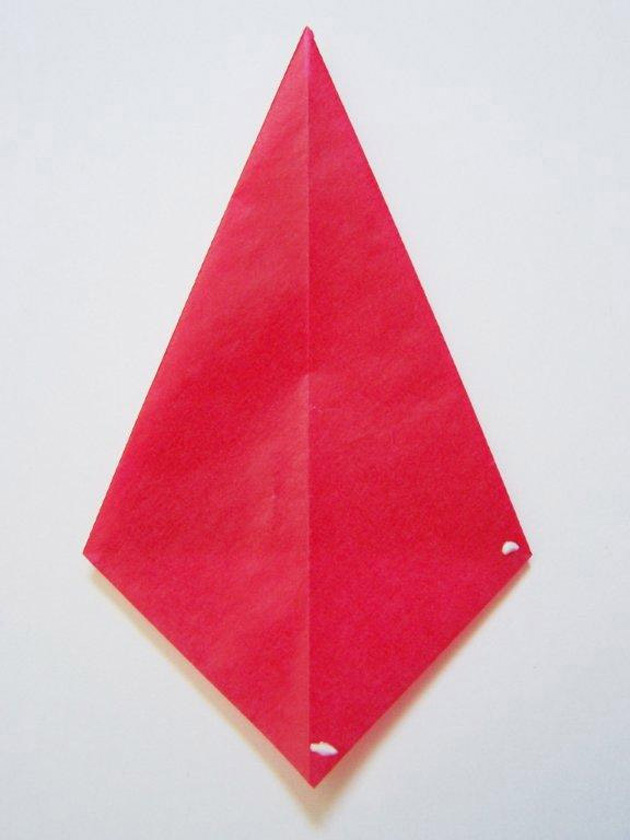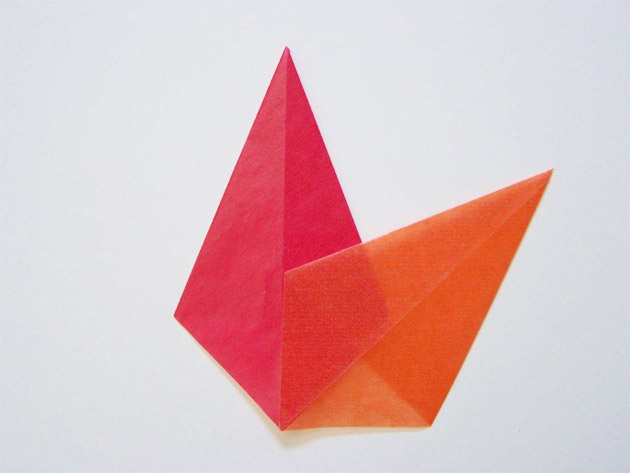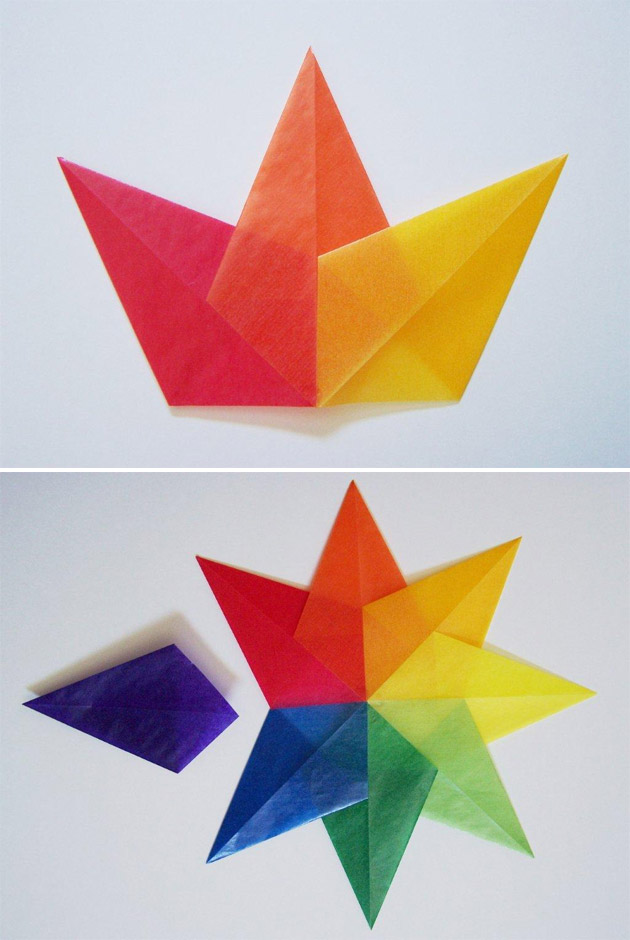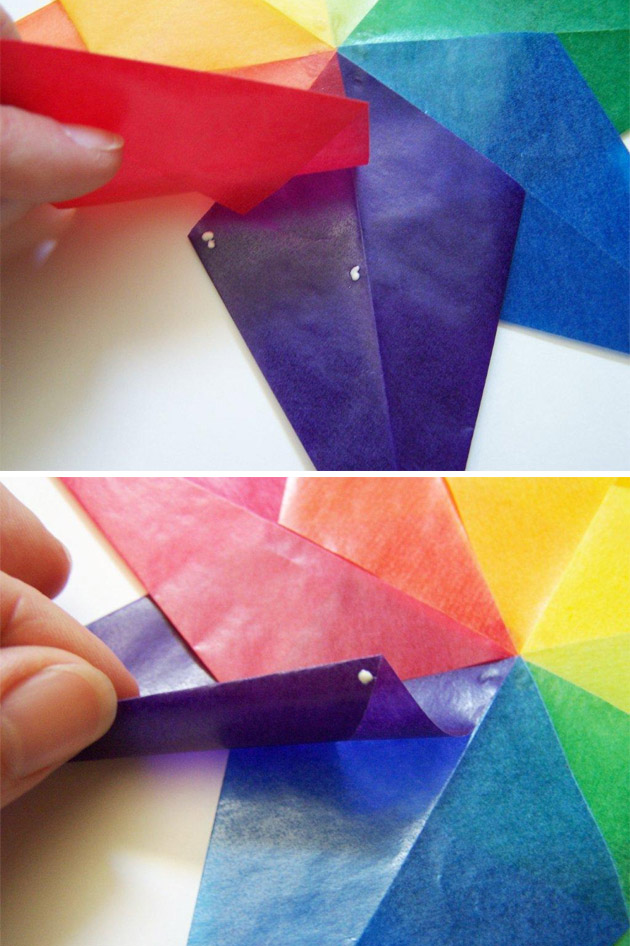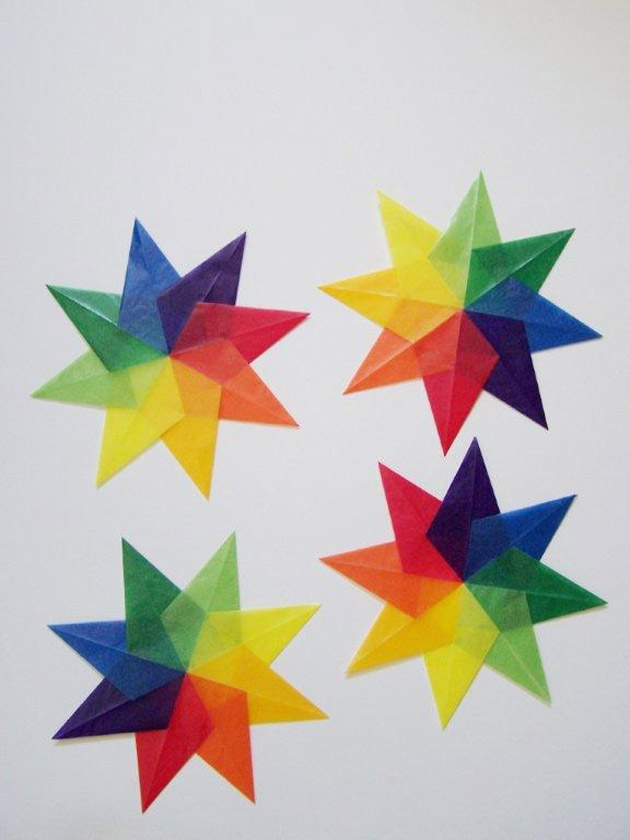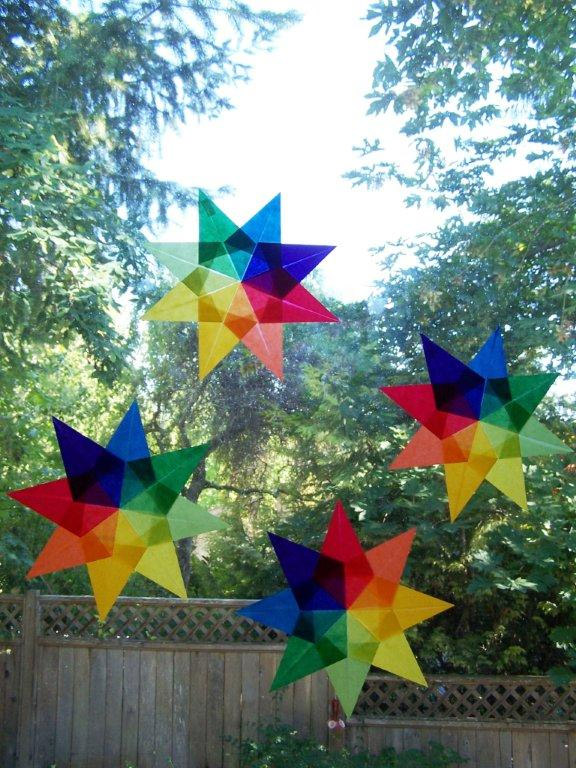
Becky from a Sweet Hot Mess is with us today to share invaluable tips for inspiring boys (+girls) to develop a love of writing.
As discussed in my previous post, How to Raise a Boy who Loves to Read, one of our greatest challenges as parents is to create an environment that fosters literacy and a love of learning. More recently, I have struggled with how to create a love of writing in my children when the whole world around them is so geared towards technology – from their keyboard skills, to apps, to video games.
The first thing I had to do was wrap my head around the idea that reading and especially writing are not fundamental skill sets. Centuries upon centuries of cultures have survived and even thrived with minimal literacy, if any at all. Once I wrapped my brain around the idea that while language is a skill rendered effective through the immersion process, writing is not. Writing is a learned skill and how we approach our children as we teach this skill will vary greatly depending on their gender and/or personal temperament.
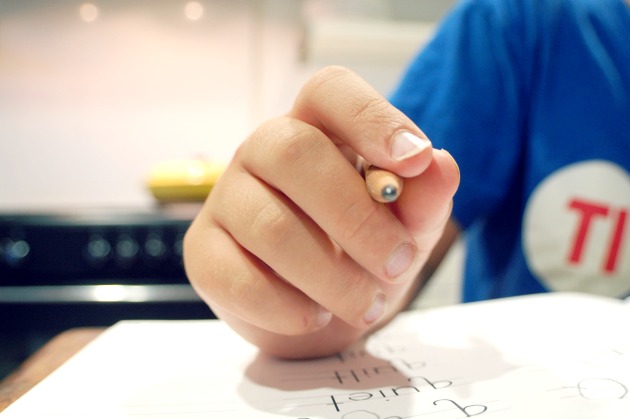
Our boys won’t want to write if writing hurts. So the first thing you need to consider is the comfort of your son, which means you need to find the right tools. My basic rule is this – buy what works and don’t stop buying until you find what works. I first tried every little pencil grip we could get our hands on, from the rubber triangle to the weird ergonomic blob. This may work for your son but did not work for mine. So I looked further and finally turned to the idea that there might be better pencils. We had nominal success with the short pencils from Handwriting Without Tears, the main idea behind them being that they are smaller and easier to handle (I highly recommend these for most children).

Strangely enough, our next choice was the opposite of the small pencils and when I found the long, chubby triangle grip of the Ticonderoga pencils (found HERE on Amazon), we had instant success. They’re huge, but don’t hurt.
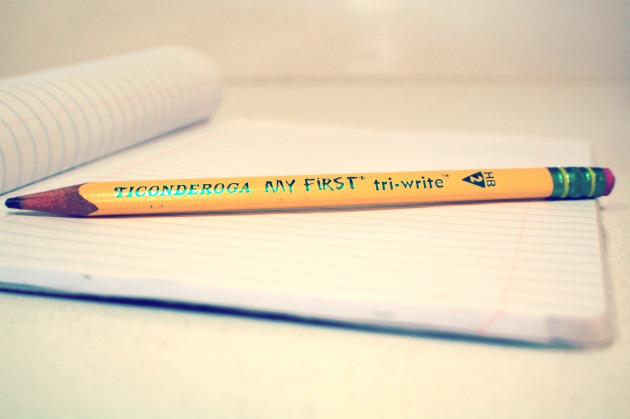
Our second was to try to find writing aids or programs that would interest him. Fair warning, these aids only worked for so long and then my son quickly got bored. But they are a good jumping off point. I would highly recommend Handwriting Without Tears for the basics. And for a little bit of change of pace, I would also recommend Draw Write Now, which allows for the kids to practice basic drawing and writing skills. We even just use the workbooks without the themed instruction books and let the kids choose their own stories to write and what pictures they will draw to go with them.
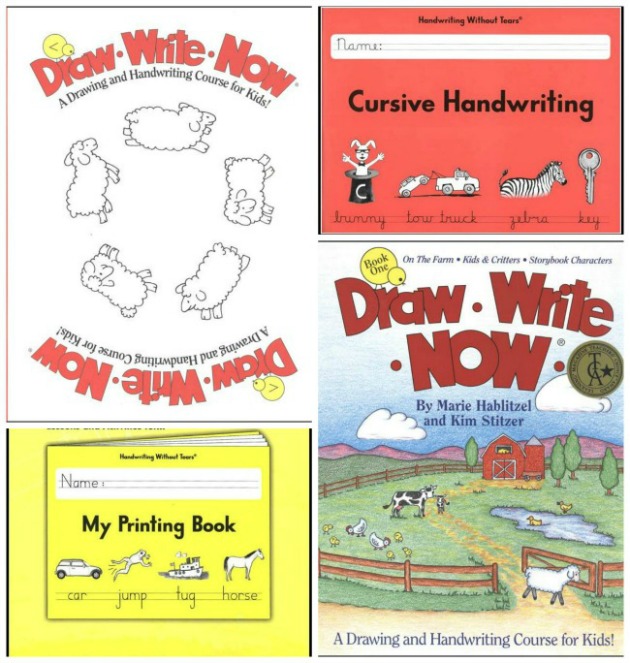
So now that your son is comfortable holding a pencil, has mastered the basics of handwriting and has good line control – what next? HE WILL GET BORED. This is where you have to get creative as a parent. Here are some of the ideas that we have used that help my son write more freely without getting overwhelmed with the chore of it all:
-
Create a Letter Writing Station. I borrowed this idea from Randi over at Swoon (click HERE to see the original post on Playful Learning) and it has been a great success in our home. My son likes to sit down and write notes to his grandparents, cousins and friends. Sometimes he emails them, sometimes he sends them snail mail. I recently added Thank You notes, so that as soon as he needed to, Luke could go to his kit and write a quick thank you to his friends and family. To help streamline this process in the beginning, I created a form letter that lets the kids fill in the blanks as they go and does not overwhelm them with the idea of creating the format from scratch.
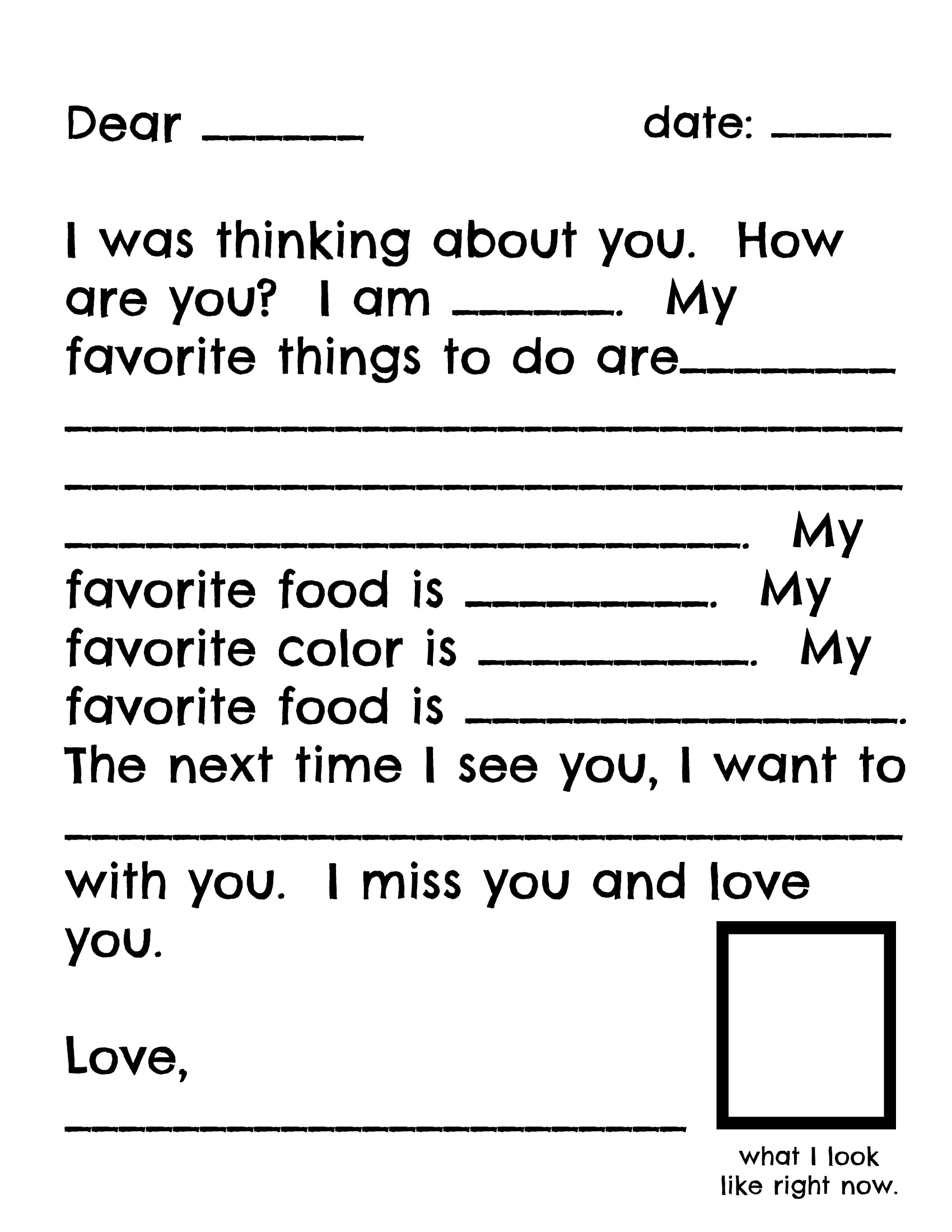
-
We also like to create Family Newspapers, Movie Posters and screenplays. My kids are very interested in the behind the scenes efforts of filmmakers and my son loves to sit down and start writing his own scenes. He will follow this up by creating the poster and the taglines for the film he dreams about in his head. Family Newspapers are fun as they allow the kids to journal a bit more and to draw lots of pictures and captions to go along with the short paragraphs.
-
Allot a certain amount of computer time and even start a blog for your son (or daughter). My son loves to write long, complicated stories with many small chapters. I let him type them out and print them, illustrating them at will. When he blogs, I allow him to upload his favorite pictures and write his descriptions – which basically turns into a great journal we can print for him someday. This step is important. Not only are most state’s standards focusing less on handwriting and more on keyboard skills, this also allows our sons to type and forgo the uncomfortable and sometimes anxiety producing process of handwriting. With a keyboard, they will be more apt to focus on the story, spelling and sentence structure and less on whether their hand hurts or how many eraser crumbs are crowding the page in front of them.
-
Last, but not the least, I created comic books strips for my son after I realized he adored Calvin and Hobbes. Sometimes I will just give him a stack of templates and let him figure it out on his own and other times I will direct more and ask him to draw our road trip or a scene from his favorite movie or book. And since I take away all of our normal rules of grammar and capitalization, these little comic books can become a liberating space to create and grow our children’s imaginations. And if your child needs a little extra inspiration to get used to the format, get them a paper and let them read the comic strips and see what strikes their fancy – imitation can be the highest form of flattery.
My comic strip templates are the most popular download on my blog…and because Playful Learning is such a wonderful resource for so many passionate and wonderful parents, I designed a few more templates just for you. I even added a few extra add-on pages, which are great for the kids to color and cut out and glue on for themselves. Click on the photo below to download and print comic strips and letter forms of your own!
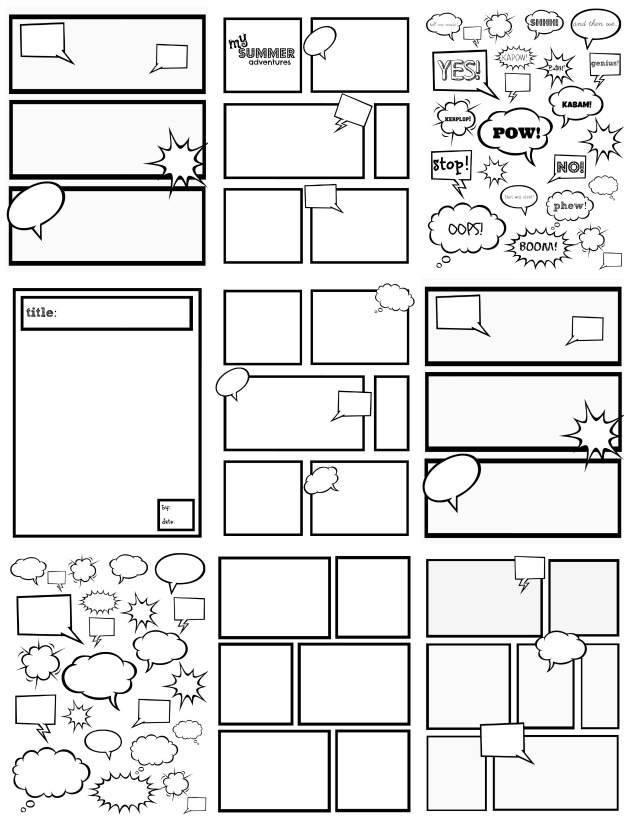
Learning to succinctly articulate one’s thoughts and arguments is one of the greatest skills we can develop in this life. To do so in writing and to love to do so – is an even greater skill set. As parents, our goal is to create an environment rich with opportunity and variety. Consider sometimes stepping back and releasing the anxiety of this task – for you and for your child – as you learn to focus on the love of the story and less on the skills of holding a pen to paper. And for the more serious moments, where learning has to be done, just make sure you sprinkle enough variety and fun into your routine, and writing will soon become a one of your child’s favorite pastimes.

The best part of my week are those quiet afternoons when I am walking down the hall and glimpse into my son’s room and notice he is immersed in a journal, his pictures and words and imagination covering the pages. I try to walk on unnoticed, to allow the moment to continue, a deep sigh of relief escapes me as I know my love of the written language has been handed down, the baton has been passed on and is now grasped tightly in my son’s now adept hands. I hope you have many of those moments yourself.
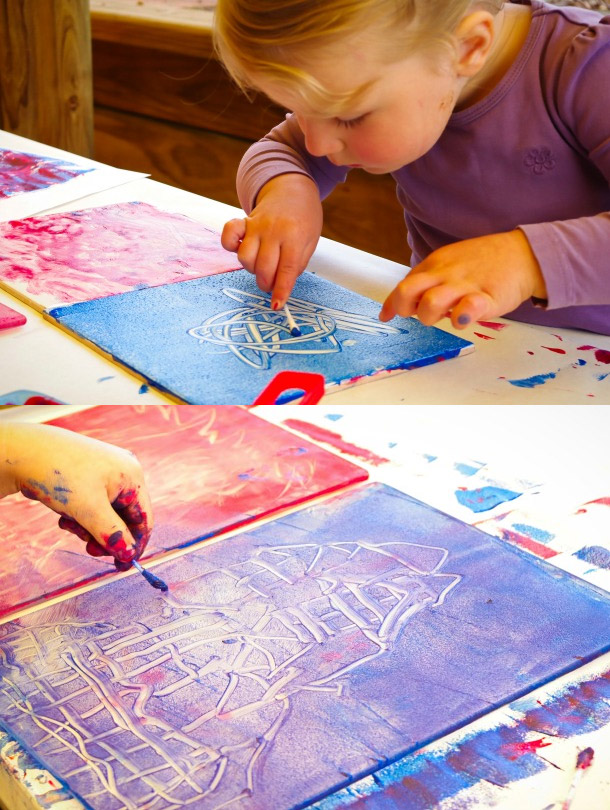


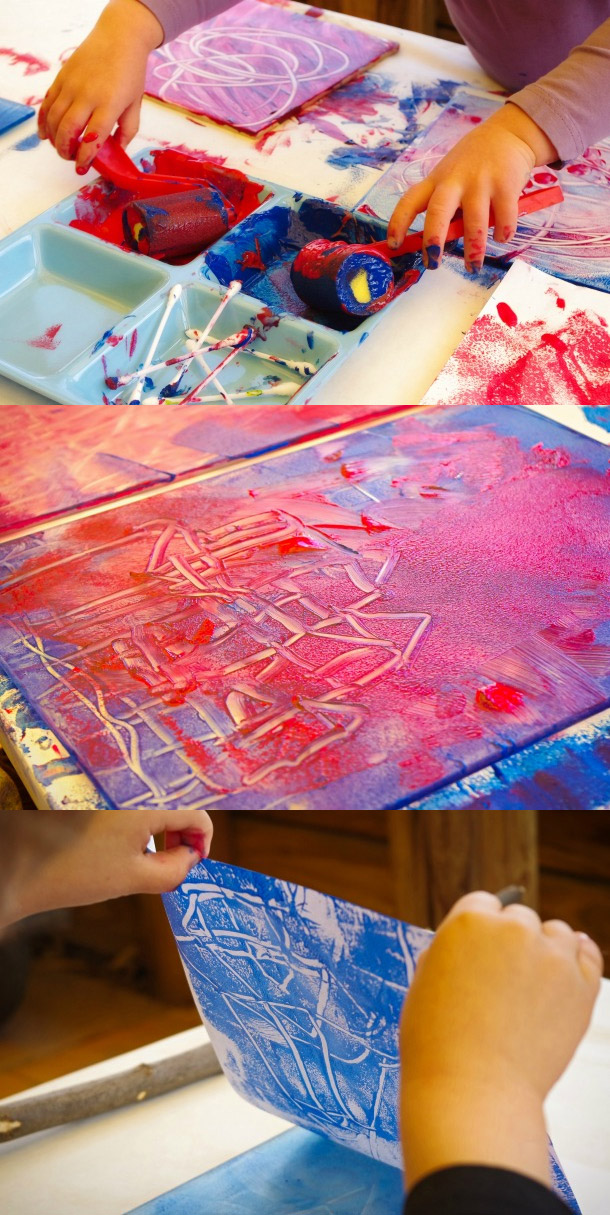
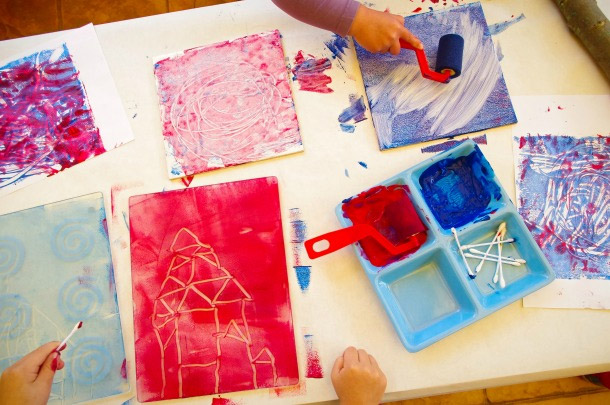
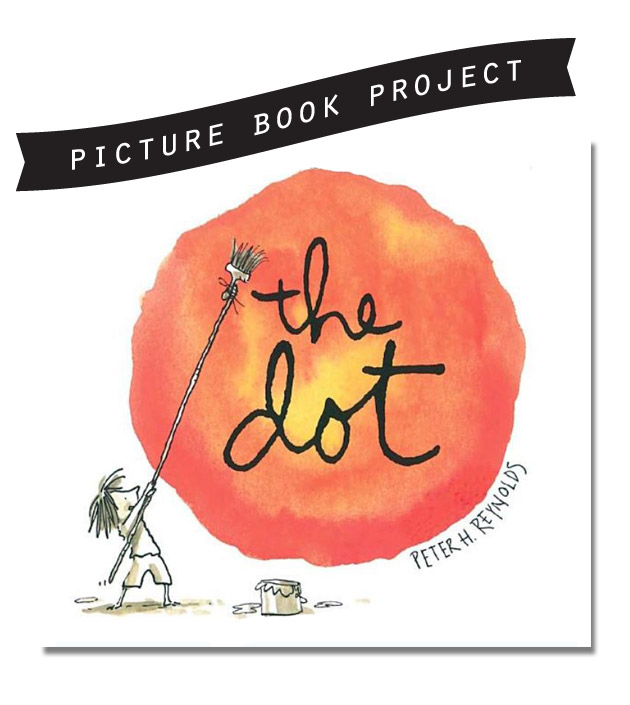
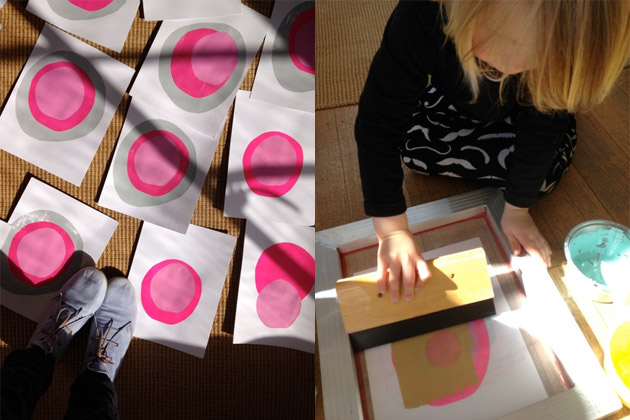
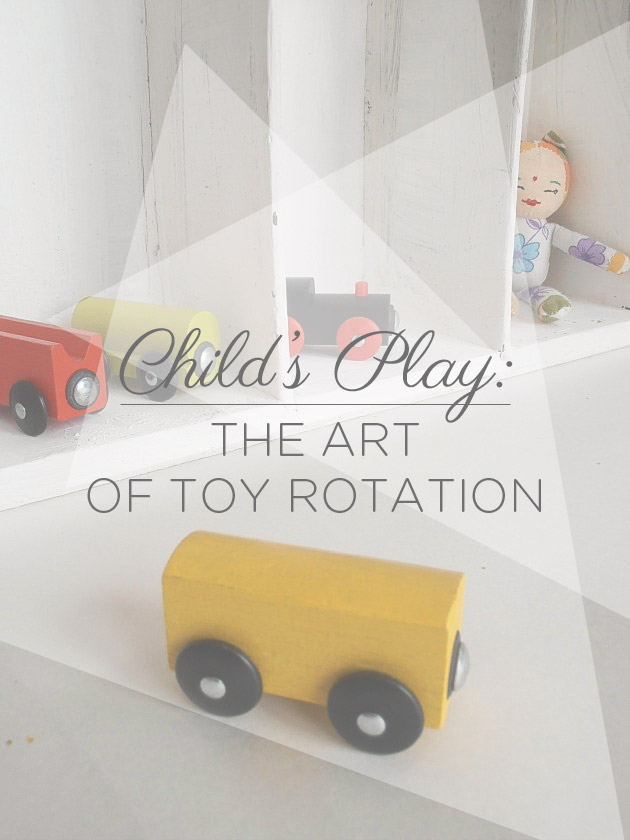

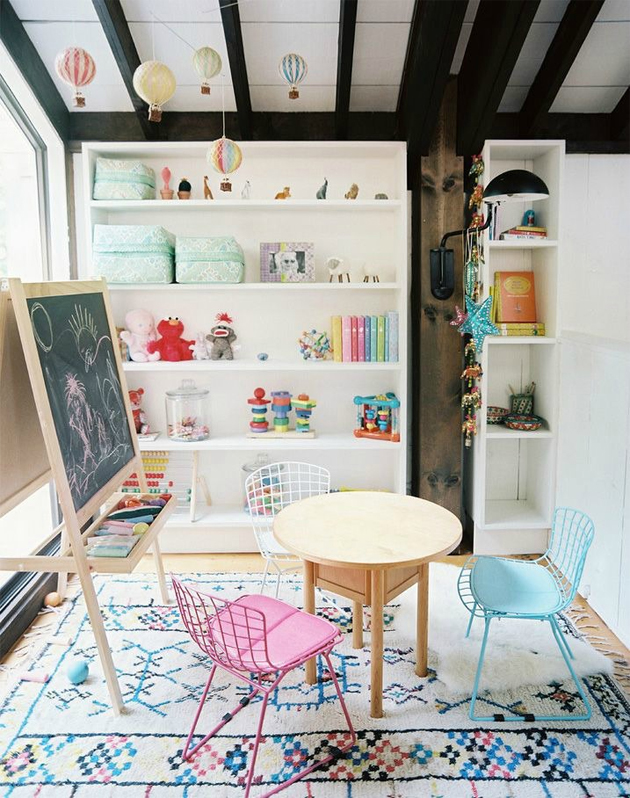
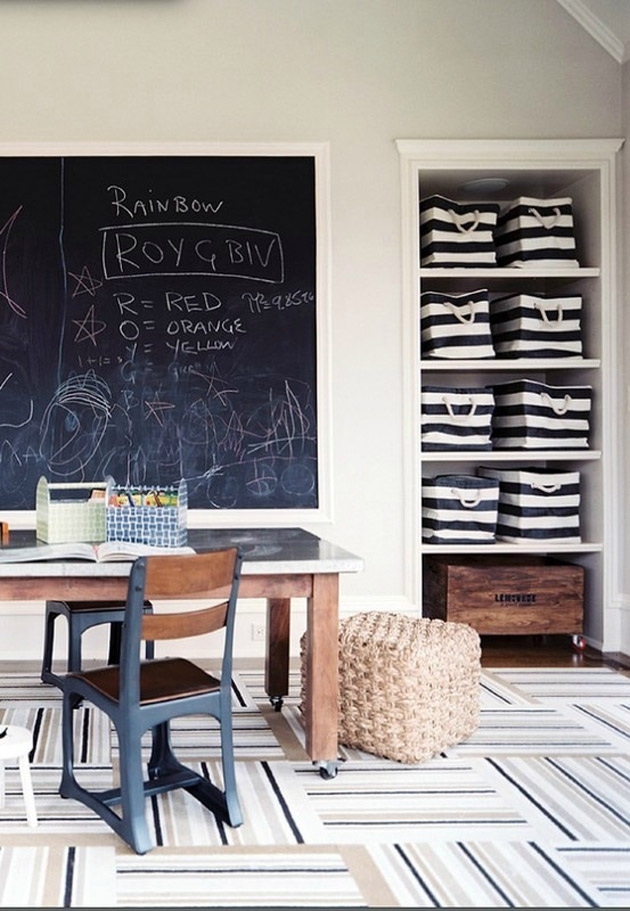

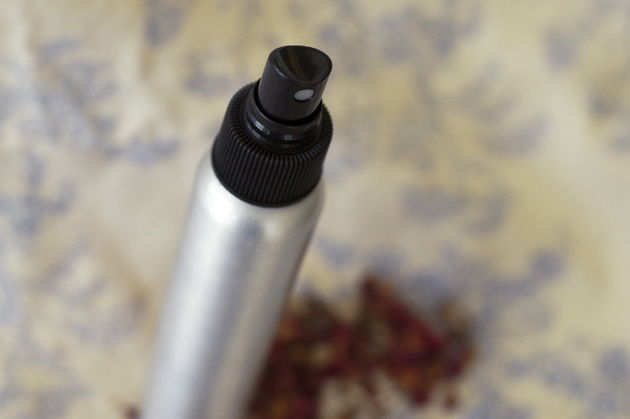


 “Come forth into the light of things, let nature be your teacher.”
“Come forth into the light of things, let nature be your teacher.”


